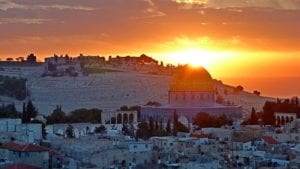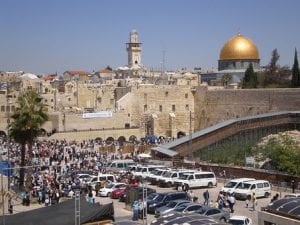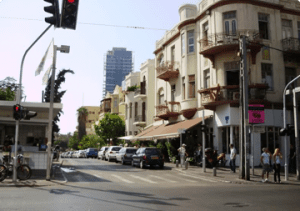The Judean desert is also named the Desert of
Jerusalem and the Desert of the Holy City. A rain shadow desert, formed on the
wind-sheltered side of the Judean mountains, it stretches across approximately
90 km from Jerusalem to Hebron. With a width of 25 km, it comprises one of
thirty-four geographical zones of Israel. This peaceful sanctuary contains many
geological, archeological and anthropological wonders. Time stands still for
the indigenous residents of this arid area. The Bedouin people, mostly
belonging to the Jihalin tribe, have maintained a way of life that resembles
Biblical times, in spite of the changes modernity has forced them to implement.
You can spot the Bedouins with their grazing animals on the hilltops, and view
small towns and villages that decorate the largely unpopulated desert.
Located between Jerusalem and
the Dead Sea, Israel’s Judean desert
consists of geographical contrasts. Three of this desert’s gems, namely
Masada, Ein Gedi and the Dead Sea are completely different in topography,
geography and geology.
VIP Israel
organizes jeep tours to enable tourists to easily access the highest and lowest
spots of the Judean area in our exotic judean desert tour . In our judean desert jeep tour We tour the desert in safari style so we can both
scale mountains and visit bodies of water.
Religious Relics
Visit the Masada fortress, an ancient mountainous fortification which was home to the last Jewish settlers that rebelled against the Roman Empire. Finally surrendering in the first
century of the Christian Era, these zealots committed mass suicide rather than
betraying their faith. Many original structures of this Jewish settlement
remain preserved until today. The Snake Path that leads to this fortress is
steep and challenging, but a cable car can also carry guests to Masada, a boon
at hot times in the day and during the summer season.
The Judean desert contains a plethora of religious and archeological wonders. History exudes from the St George, the Mar Saba and the Trappist monasteries, and from the Wadi Qelt synagogue, the oldest synagogue in the world.
Caves formed in the Judean area include the Bell, the Sidon, and the Sorek caves, and also the Caves of Absalom. However, the Qumran Caves are the most famous caves by far. The Dead Sea Scrolls were discovered in these caves. Dating back to the last three
centuries BCE and the first century of the Christian era, these scrolls contain
religious texts, mostly in Hebrew, and are enormously significant to religious
and historical inquiry.
Natural Treasures
The Judean area contains
many nature reserves, including the spectacular Beit Guvrin and Ein Gedi
reserves. Waterfalls and freshwater pools appear in this unexpected oasis in
the desert. Visitors may hike Wadi Qelt and the Ein Feshkha (Einot Tsukim) nature reserve, the
lowest nature reserve in the world, to view local plants and wildlife.
Ein Feshkha is very close to the Dead Sea, the lowest point in the word, at 400 metres below sea level. The sea’s high salt content renders the environment impossible for aquatic life,
but enables tourists to float on the sea surface. The minerals and antiseptic
qualities of the water are most beneficial to visitors. Cover yourself in mud
from the sea – your skin will thank you! Great deal of research backs up claims that Dead Sea mud can relieve pain, reduce inflammation, and more.
Israel VIP tours offer the best of this rugged, varied desert.
We treat you to the finest sight, sounds smells, and of course, tastes,
offering restaurant stops in Abu Gosh, just west of Jerusalem, where you can
enjoy hummus considered the best in the country.







